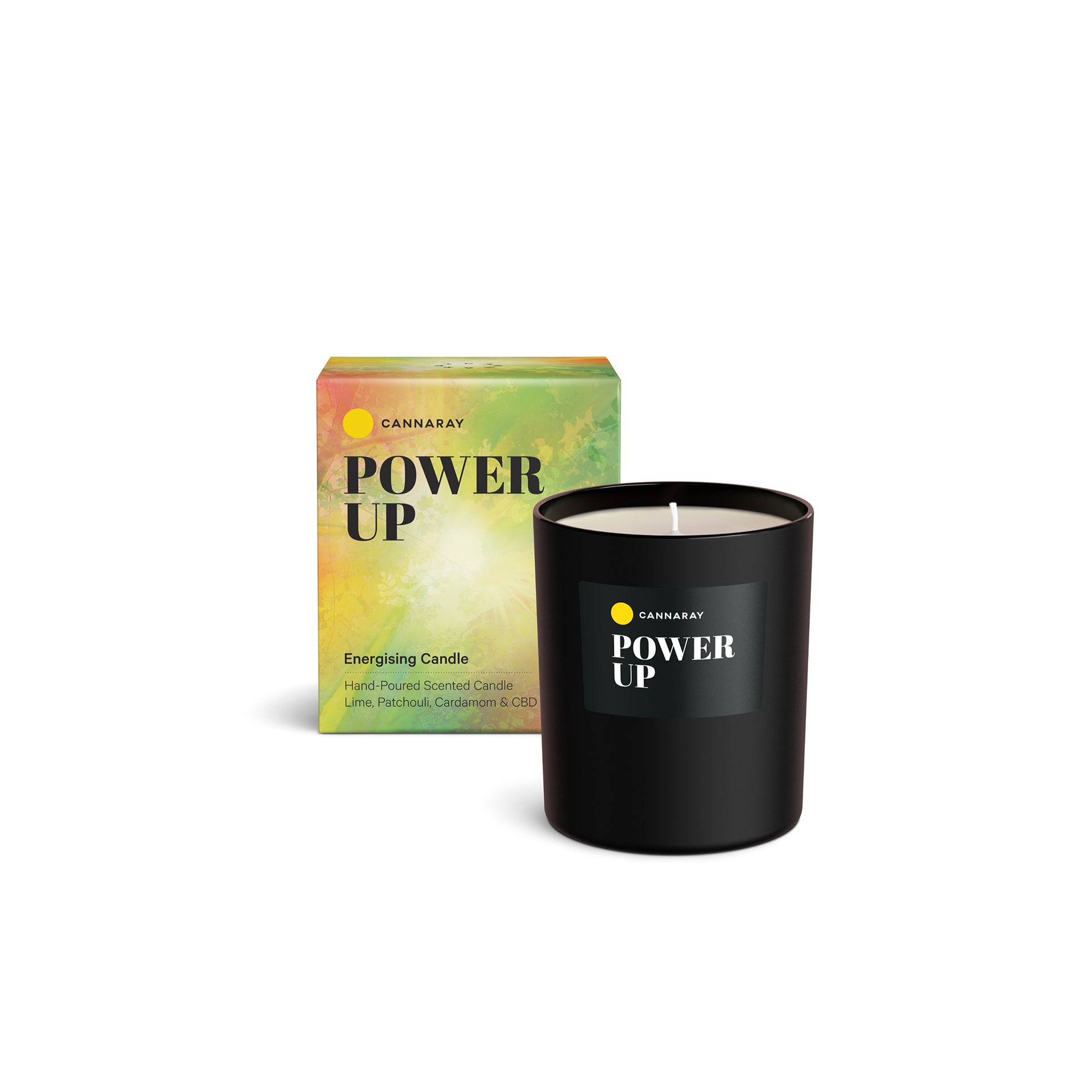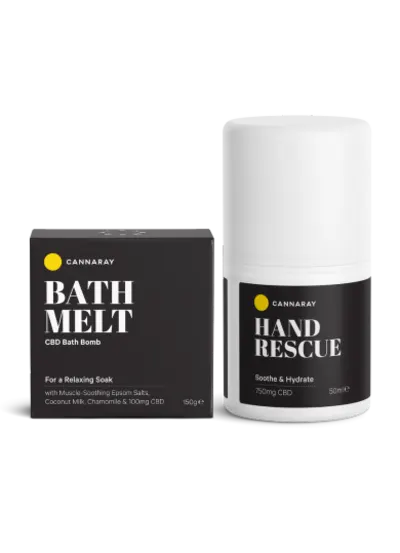This week, we sat down with sound meditation teacher Tam Klien to learn all there is to know about sound bath meditation and sound therapy.
With expert guidance from Tam, we’ve outlined everything you need to know about what sound baths are, what benefits sound baths may provide, where and how you can explore this ancient practice, and the importance of looking after your own mental wellbeing.
What is a Sound Bath?
Sound Baths or sound meditation is a meditation-style practice in which participants lie down or sit in a comfortable posture to experience gentle sounds from different ancient instruments.
Sound meditation dates back to ancient times and is among one of the oldest forms of healing practices used in many different parts of the world, from Australia’s aboriginal tribes, to ancient Chinese and Tibetan cultures.
What Instruments are Played During a Sound Bath?
"Instruments played during a sound bath can include the gong, tibetan singing bowls, quartz bowls and other percussion instruments used to guide the listeners" says Tam, adding, "sometimes voice is incorporated too, although every practitioner is different".
*"As you sit or lie in a relaxed state, you are ‘bathed’ in sound wave frequencies which have the profound capability to transcend you into deep meditative states, healing to both the body and mind." *

Benefits of Meditation and Sound Baths
A wealth of research has shown how meditation changes our brain and biology in positive ways, improving mental and physical health. There are a number of different benefits associated with sound meditation, in particular better sleep patterns, increased health and creativity, and a reduction of stress (including anxiety, depression and addiction).
"I believe that it may be the solution to many of the stress-related issues of modern life", says Tam. She goes on to explain that, "One of the many reasons why sound baths are so good for us is that it activates the parasympathetic nervous system, also known as "rest-and-digest". It’s the antidote to the fight or flight response. This biological system that originated in early human history – when physical threats were abundant – still exists in the 21st century, as whilst our culture and way of life has changed dramatically, physiologically humans havent evovled at the same pace. Triggers which used to be, for example, a hungry tiger lurking around the corner have been swapped by stress and anxiety."
Does Sound Therapy Really Work?
Research specifically looking at sound healing is still in its infancy, however there are a number of reports and research studies of people who experienced a corporeal shift following the attendance to one or more sound baths.
One study by the National Institutes of Health (NIH) and National Library of Medicine (NLM) looked at people with fibromyalgia (a long-term condition that causes pain all over the body). It discovered that, “ten treatments (twice per week for five weeks) of low-frequency sound stimulation decreased pain, allowing nearly three-quarters of participants to reduce pain medication”.
Another study conducted by the British Academy of Sound Therapy showed increased physical relaxation and mood improvement whether the sound therapy was via digital or in person.
These findings have positive implications for the use of sound therapy for both mental and physical health benefits moving forward.

Finding the Time to Meditate
Meditation is not easy in today's modern world. Concentration on the practice can be hampered by notifications, boredom, a whirring mind and life's every day distractions; our brains are constantly on complete information overload. You have to consider that only a generation ago there was a time pre-internet, let alone social media. We didn’t have to process nearly as much information as we do now.
No wonder most of us will experience a racing mind the moment we come to calmness i.e. via mindfulness meditation. This is where sound baths can be hugely helpful in particular to those new to meditation. It serves as an anchor and makes the whole experience flow much more effortlessly.
"I believe that everyone without exception can only benefit from sound meditation." explains Tam. "Just as much as we need to take time off work, we should also allow our brains a rest from all that information overload, ultimately positively impacting both the mind and body."
Therefore, sound baths, which require participants to simply let the experience wash over them is a form of relaxation and stress relief that doesn’t require a great deal of self-discipline but, still delivers the same wellness and health benefits as meditation.
"Sound baths are such a great way for people to get into meditation, particularly for first-timers", says Tam, "Something I hear a lot from my classes and clients is that people find it hard to find the time to meditate and to concentrate whilst doing it. The benefit of sound baths is that you have a variety of sounds and sound wave frequencies from different instruments that you can focus on – and concentrating your focus on these sounds clears the mind"

Where can you currently experience a Sound Bath?
You can listen to one of her 8 mini soundscapes from her first album ‘Sonic Meditations Vol. 1’ on demand, whenever and wherever suits you. All you need is some headphones and between 5-10 minutes of your time.
For more information on Tamara Klien’s sound baths, upcoming events and to arrange a private or group session head to her Instagram or website.

































